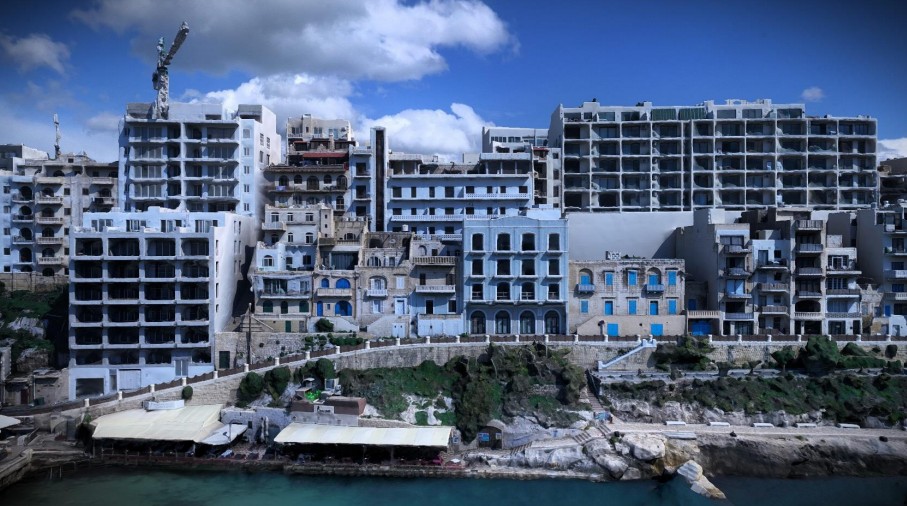On Thursday (today), the Planning Authority granted approval for the commencement of the first phase of the Ħal Far Motorsport Complex and its race track. These are expected to start in the coming weeks.
Following this approval, works will begin with a special focus on the drag race track along with a number of modifications to the facilities.
The first phase will involve significant infrastructural improvements to the exisitng track, with the goal of obtaining cerfitication from the International Automobile Federation (FIA). Subsequently, this will lead to securing a place on FIA’s official calendar.
The infrastructural work includes extending the track, upgrading facilities and implementing additional security measures for drivers and spectators around the track.
Additionally, the seating capacity of the spectator stands will be expanded to accomodate 3,000 individuals. The control tower will be relocated and will include a designated area for media, both local and international outlets.
Furthermore, driver facilities will be reconstructed to be more modern.
The Minister for Education, Sport, Youths, Research and Innovation Clifton Grima remarked that Thursday’s approval was preceded by “a lot of work so that this dream becomes a reality.”
“The fact that works will start in the coming weeks shows the Government’s effort in this project,” he added.
Featured Image:
Malta Drag Racing Hal Far / Facebook
Gozo business groups avoid direct comment on Portelli’s approved Xlendi ‘tower’
The development was approved yesterday
Cloudflare suffers second major outage in a month, knocking global platforms offline
The outage comes amid scheduled maintenance at Cloudflare’s Detroit data centre
New advisory group formed to address migrant labour challenges in Malta’s ride-hailing and delivery sectors
'Effective migration governance requires collective action'






